Pizza Served Up STEM Style at West Hartford Elementary School

Audio By Carbonatix

Smith STEM third graders Jordan (left) and Sawyer prepare their pizzas. Photo credit: Ronni Newton
West Hartford’s Smith STEM School enjoyed the culmination of a project that started with growing a ‘pizza garden’ when they got to create their own personal pizzas.
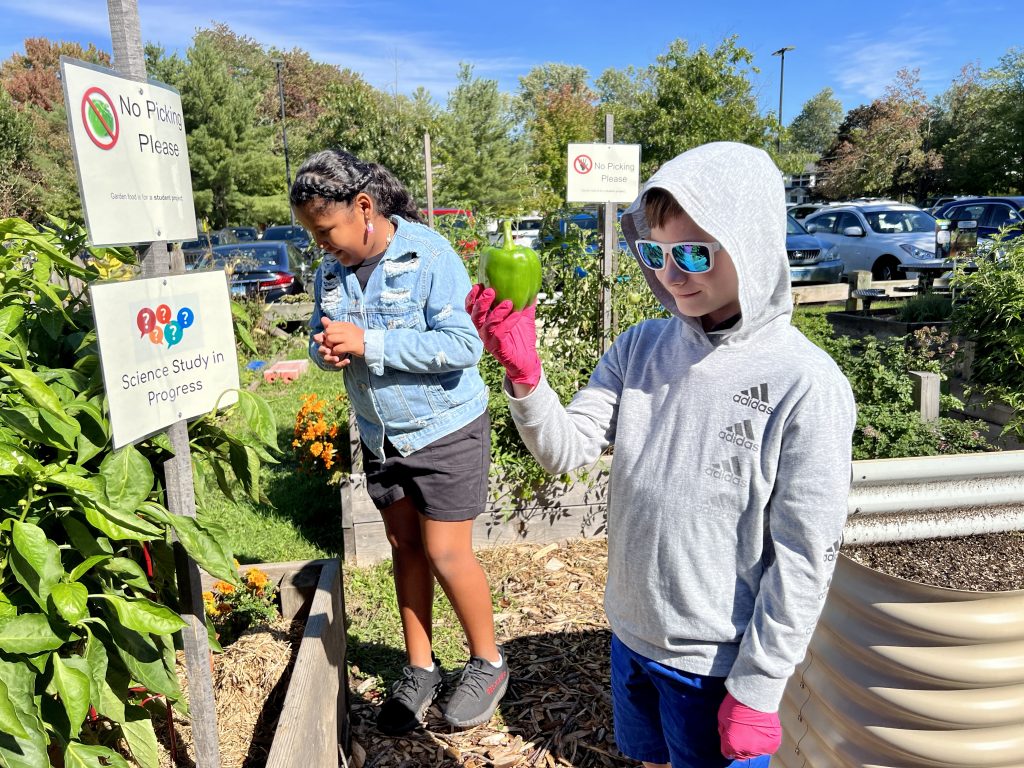
Third graders Zöe (left) and Dillon provide a tour of Smith STEM’s pizza garden. Photo credit: Ronni Newton
By Ronni Newton
“Pizza Day” is often the most popular day in a school cafeteria, but pizza day at West Hartford’s Smith STEM School is much more than an eating experience but rather is rather the culmination of a signature STEM (science, technology, engineering, and mathematics) experience that spans the second and third grade curriculum for the elementary school students.
“I like everything,” Jordan, a third grader in Jessica Matthews’ class, declared as she tasted the pizza she had prepared. Classmate Sawyer agreed, and both said they even liked the crispy burnt parts of the crust. And while the experience was months in the creation, both liked that they had made the pizza themselves – from ingredients they started preparing back in April.
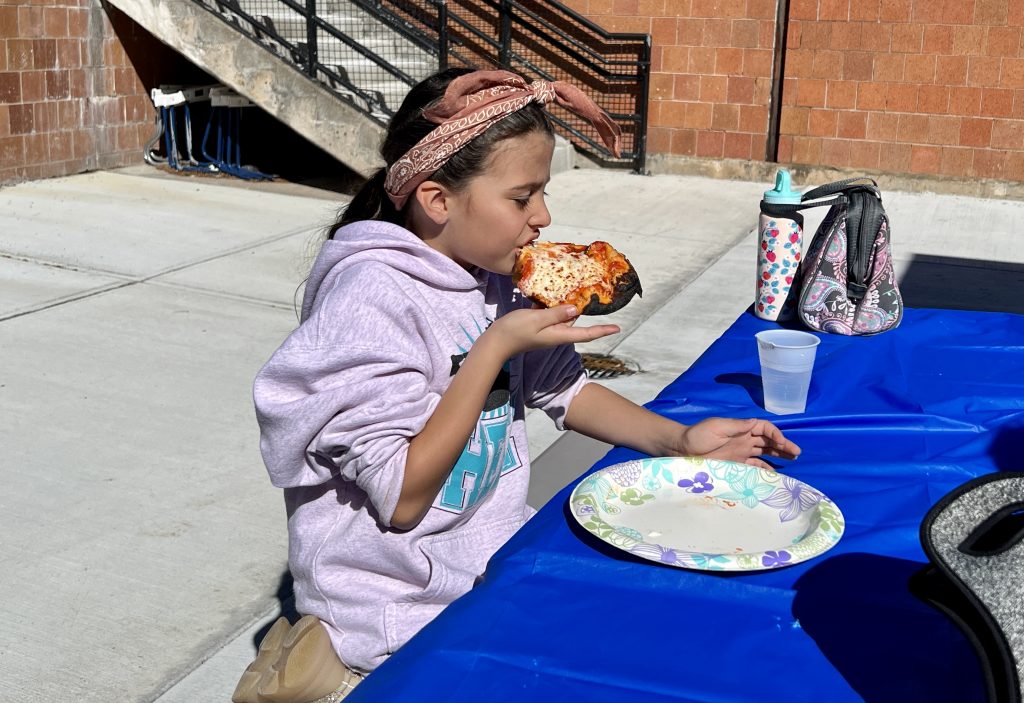
Jordan said she liked everything about her personal pizza. Photo credit: Ronni Newton
Making pizza is a signature element of Smith STEM’s curriculum, STEM Specialist Sharon Zajack said. It starts in April of second grade, when students plant the seeds in their classroom for what will be a “pizza garden.” Tomatoes, peppers, and basil are started from seed, as are marigolds which are planted in the same garden to deter pests.
“They learned about soil, about nature, about ecosystems, about how the living things work in conjunction with the environment,” Zajack said. They studied worms and pollinators, and the important role they play in the process.
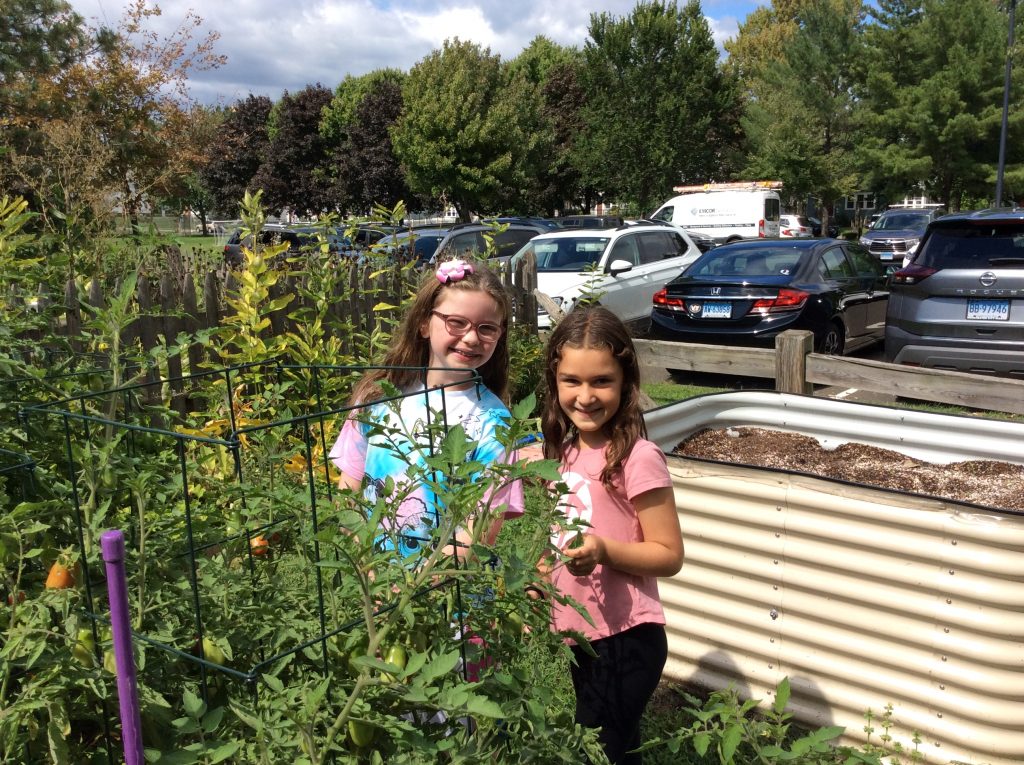
Smith STEM students identify the items they planted from seed the previous spring. Courtesy photo
Later in the spring the students transplanted what at the time was just stems and leaves into the garden on the side of the school, Over the summer volunteers, including families and staff, ensured the plants were watered.
The now-third graders continued their pizza unit when they returned to school this fall, identifying the plants in the garden based on images of the stages of the various plants. Zajack cut open tomatoes and peppers to show the students the seeds inside, the lifecycle of the plants coming full circle under their care.
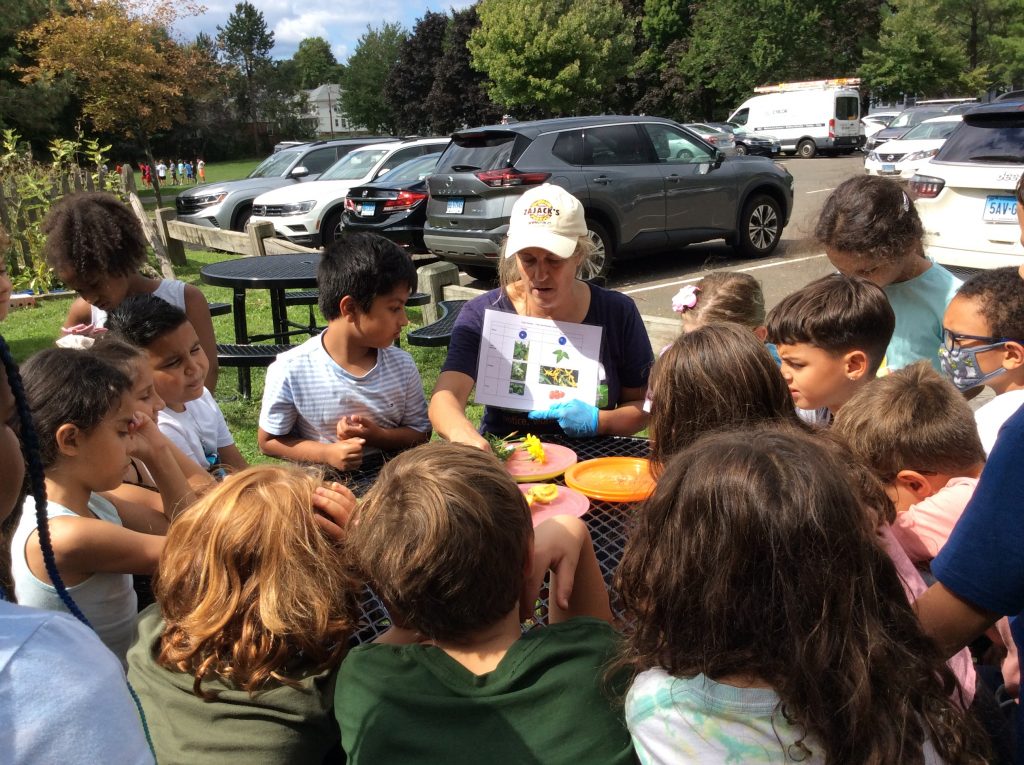
Students gathered around the table as STEM Specialist Sharon Zajack cuts open a tomato and pepper to show the plant has made more seeds for a new plant. Courtesy photo
Zöe and Dillon, also students in Matthews’ class, provided a tour of the garden. Signs said “no picking please,” but Dillon picked up a still-green tomato that had fallen to the ground, and a pepper that he confirmed was ripe and ready to be added to the pizza. The students also pointed out the basil, the marigolds, and some other items growing at Smith like strawberries, raspberries, and string beans. There had been carrots, but they were already picked and eaten as an after-school snack.
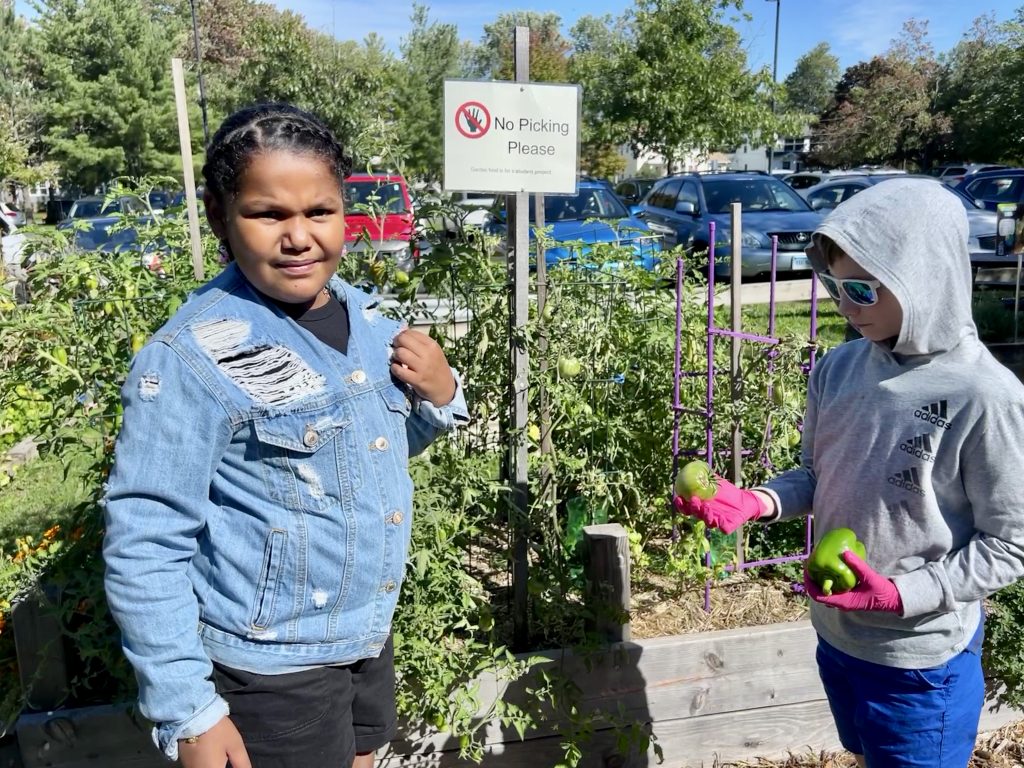
Third graders Zöe (left) and Dillon provide a tour of Smith STEM’s pizza garden. Photo credit: Ronni Newton
“Science takes time,” Zajack said, but the students really enjoy the entire experience, and it helps them know where their food comes from. When one student said making pizza from Lunchables was easy, that was the opening to talk about how different it was seeing all the steps that really go into making pizza.
As a magnet school, Smith STEM creates experiences like pizza making, creating real-world connections to the curriculum, Zajack said. “It’s relevant, it’s real, and it’s right in front of them.”
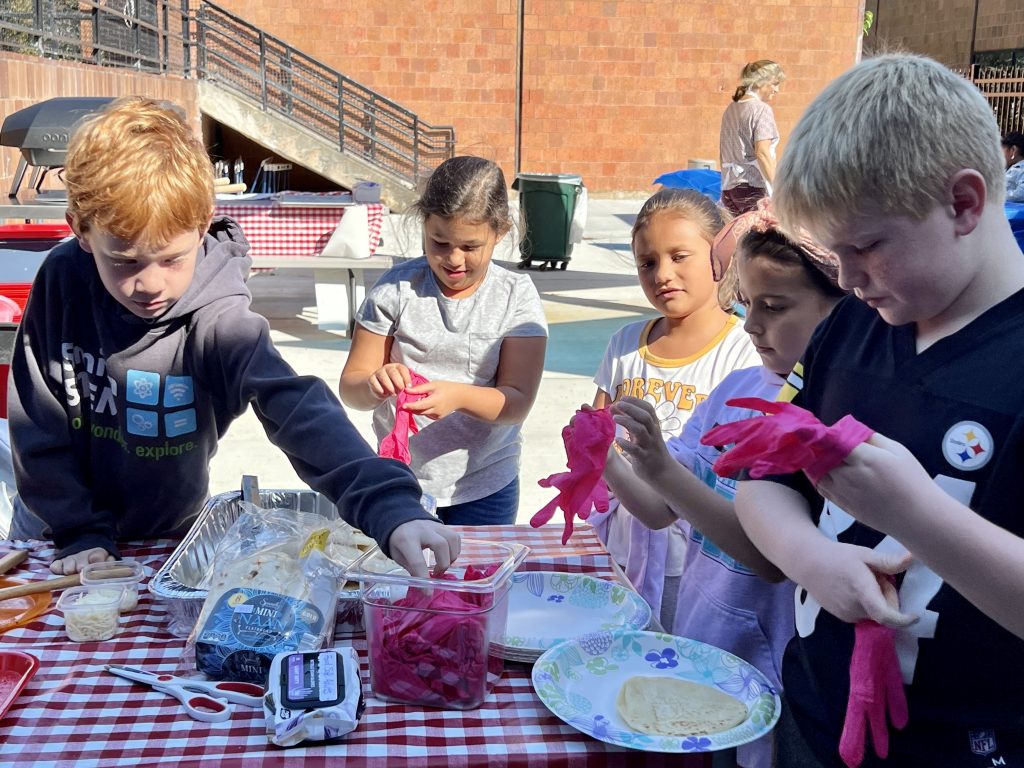
Students in Jessica Matthews’ third grade class don chef-grade gloves before preparing their pizzas. Photo credit: Ronni Newton
Last week the students made the sauce, and Tuesday’s sunny and cool weather was perfect for pizza-making in the courtyard.
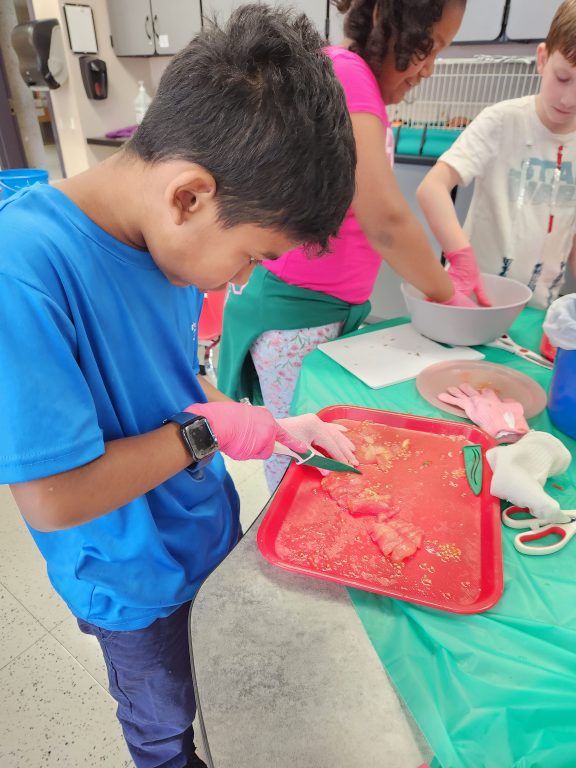
Third grade student Melvin cuts the tomatoes while other students squeeze smaller tomatoes. Courtesy photo
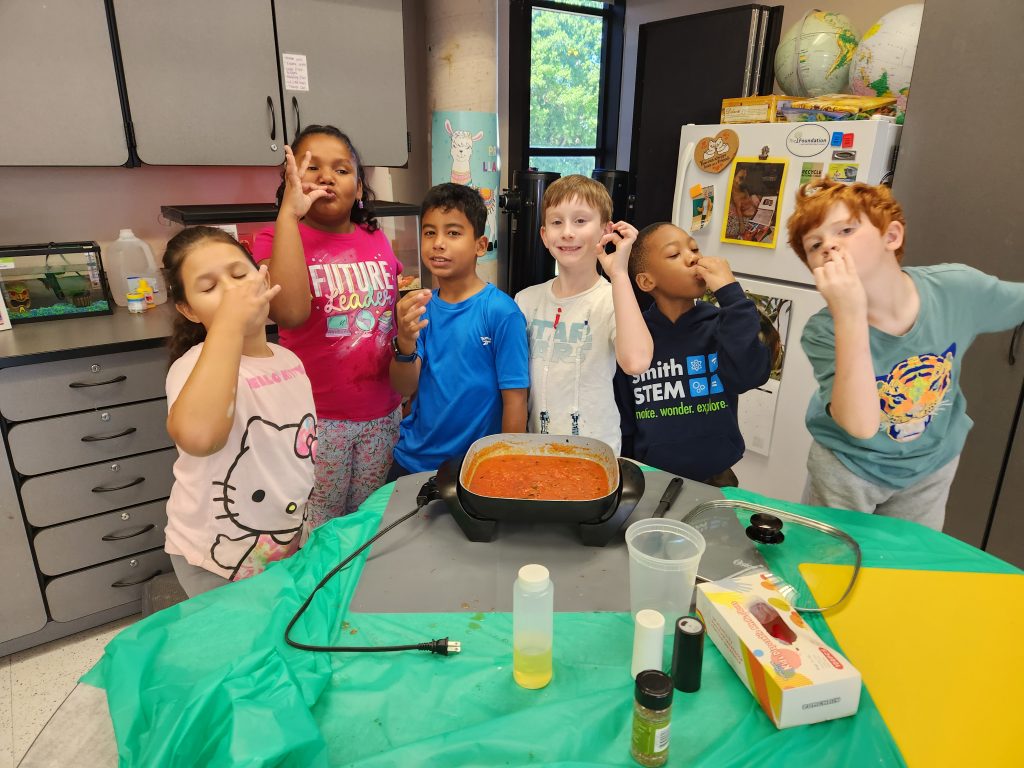
Third graders declare the sauce a success with the ‘kiss of deliciousness.’ Courtesy photo
The final steps involved in the pizza making began with students putting on chef-quality rubber gloves, choosing a piece of naan for the crust, adding sauce plus mozzarella cheese and green pepper (if desired), and then bringing the pizza to Zajack who handled the two Ooni ovens in the courtyard – equipment that is owned by the school for use in their STEM curriculum. After about a minute in the oven, Zajack would remove the cooked pizza and return it to the student with a reminder to let it cool before taking a bite.
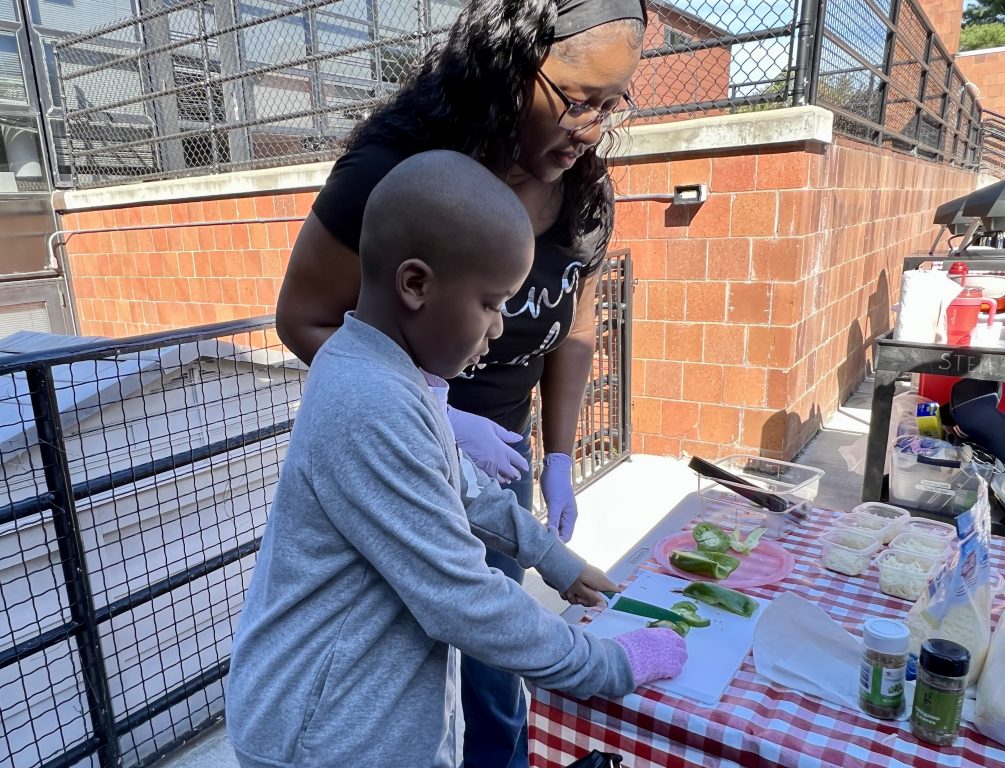
Xamell Johnson, with the assistance of his mom, cuts up the green peppers which were grown in the school’s garden to use as pizza topping. Photo credit: Ronni Newton
Students in Jennifer Russell’s class were eager to share what they liked about the pizza unit.
“We picked the peppers from our garden,” said Luisa, who also explained how they boiled the tomatoes until their skins got “wrinkly” and then put them in cold water.
“It was really fun making the sauce,” Lucas said.
Raya declared making pizza was “easy,” and said she enjoyed chopping the vegetables.
Callie said she enjoyed stirring the sauce – and getting to eat the pizza.
“It tasted different. It tasted better,” Lucas said, and Raya agreed. “It’s also special because we made it,” added Luisa.
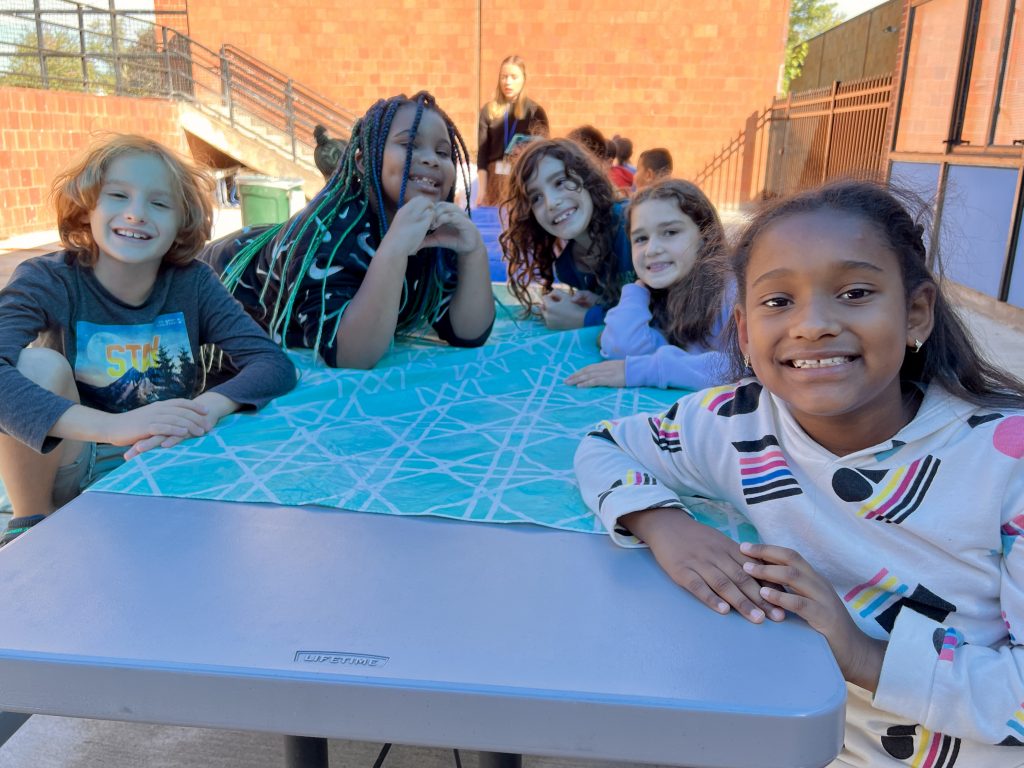
From left: Lucas, Callie, Luisa, Raya, and Yemily, students in Jennifer Russell’s third grade class, share their thoughts about pizza making. Photo credit:: Ronni Newton
The drought did impact the experience a bit, Zajack said, and the Roma tomatoes from the garden had to be supplemented by some store-bought ones. Naan, which was purchased at Aldi, makes for a perfect base for the pizzas. The other items purchased included mozzarella cheese, as well as oregano, onions, minced garlic, and canned tomato sauce which was added to the pizza sauce. Everything is organic, she said, and the sauce doesn’t have any sugar.
The STEM experience of pizza making also included a technology lesson – a discussion of the ovens and the implements used to create the pizzas.
Creating their own “farm-to-table” experience is the culmination of the lesson for the Smith students.
“A garden and cooking have so many connections to big concepts in science – life cycles, cause and effect, micro-habitats, properties of matter, chemistry, senses for both people and plants, and more,” Zajack said.
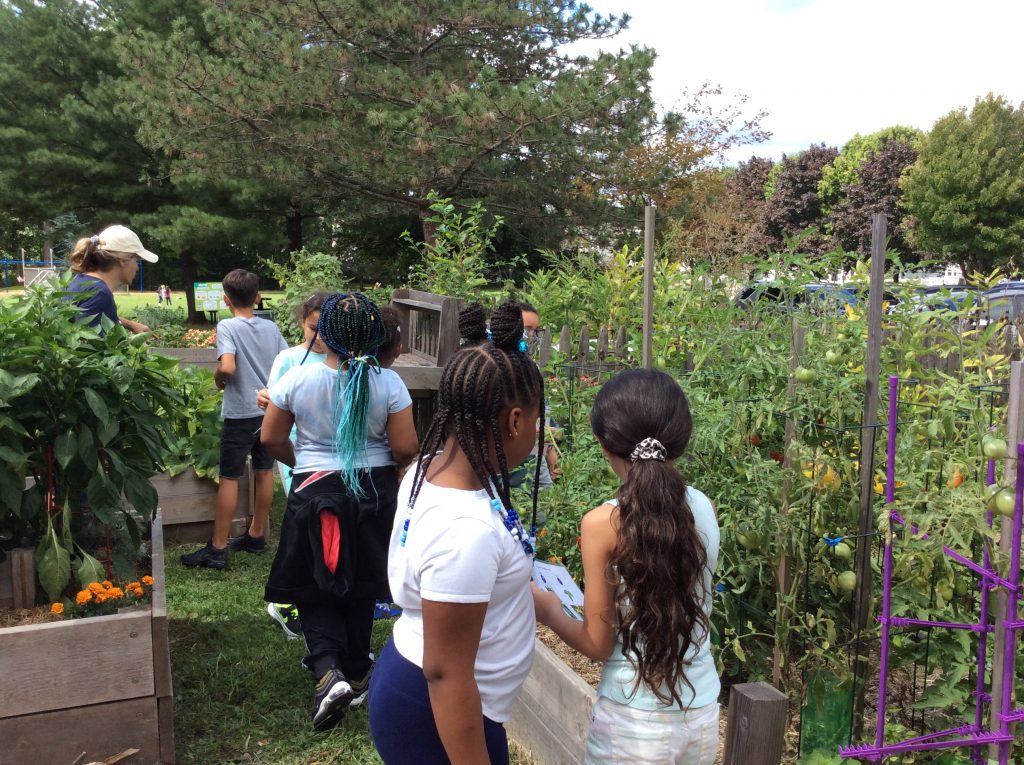
Smith STEM students identify the items they planted from seed the previous spring. Courtesy photo
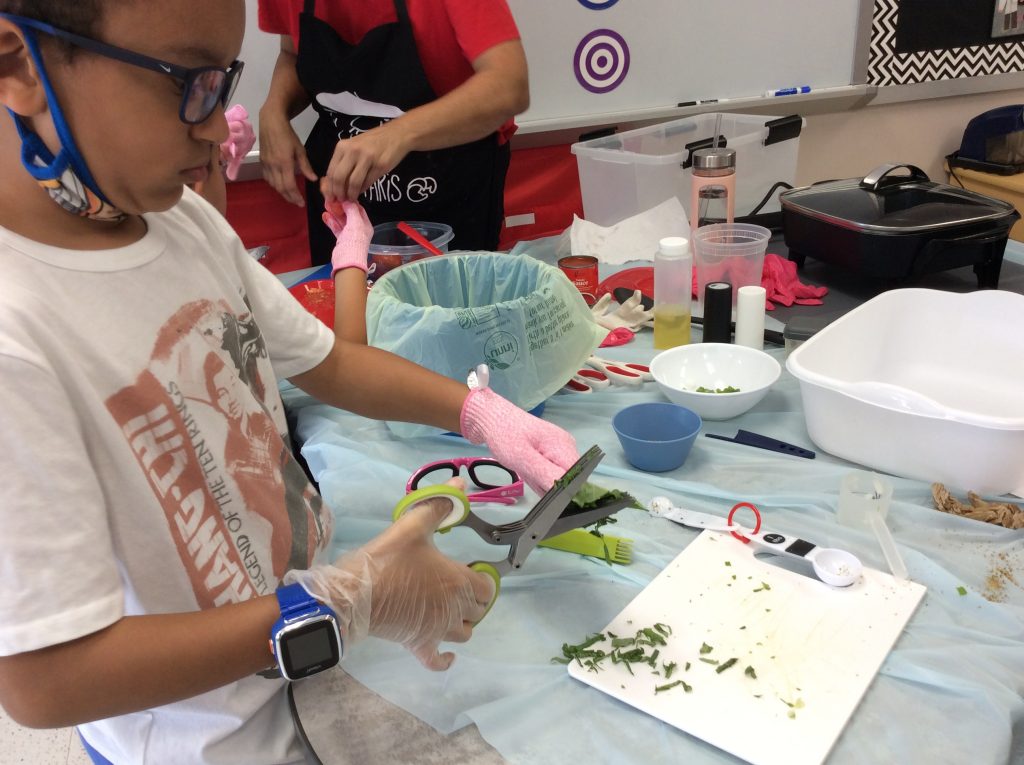
Students in Jennifer Russell’s class make the sauce for the pizza. Courtesy photo
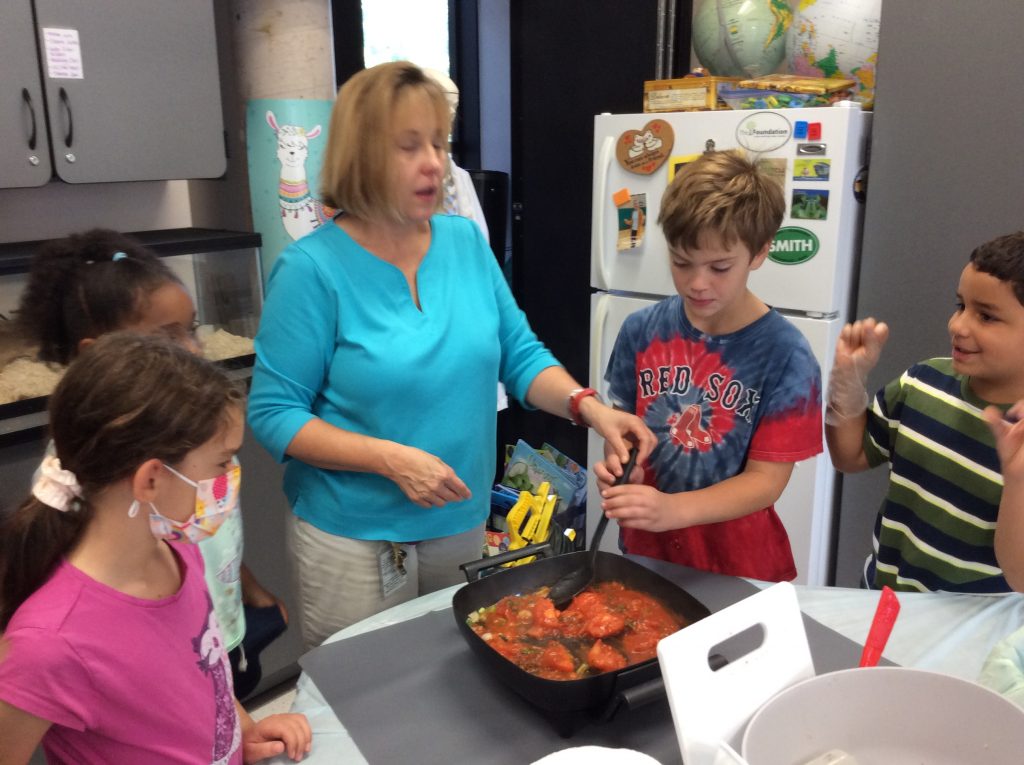
Smith STEM third grade teacher Jennifer Russell works on the pizza sauce with her students. Courtesy photo
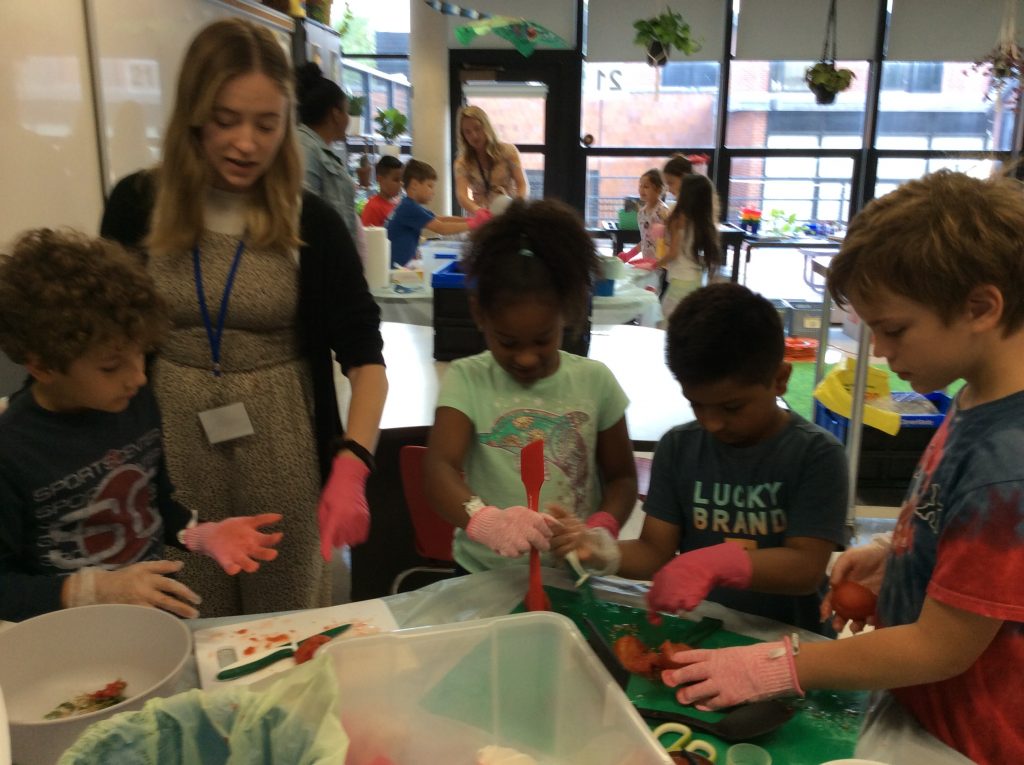
Students in Jennifer Russell’s class make the sauce for the pizza. Courtesy photo
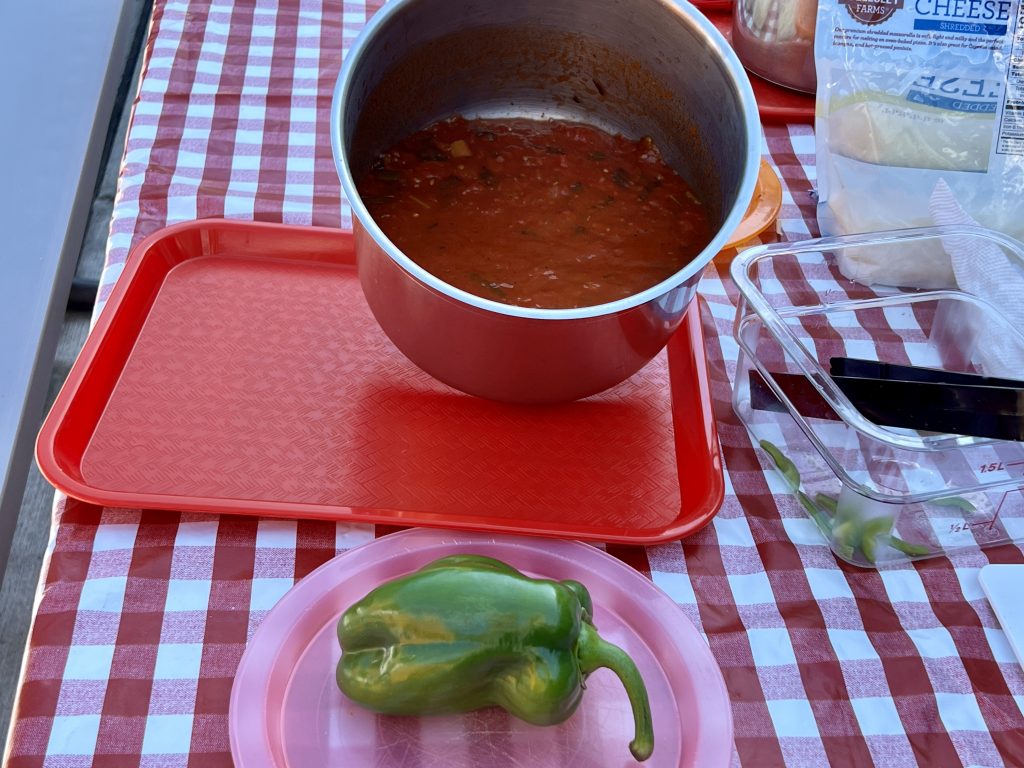
Smith STEM students made the sauce, and grew the green peppers that were used on top of their pizzas. Photo credit: Ronni Newton
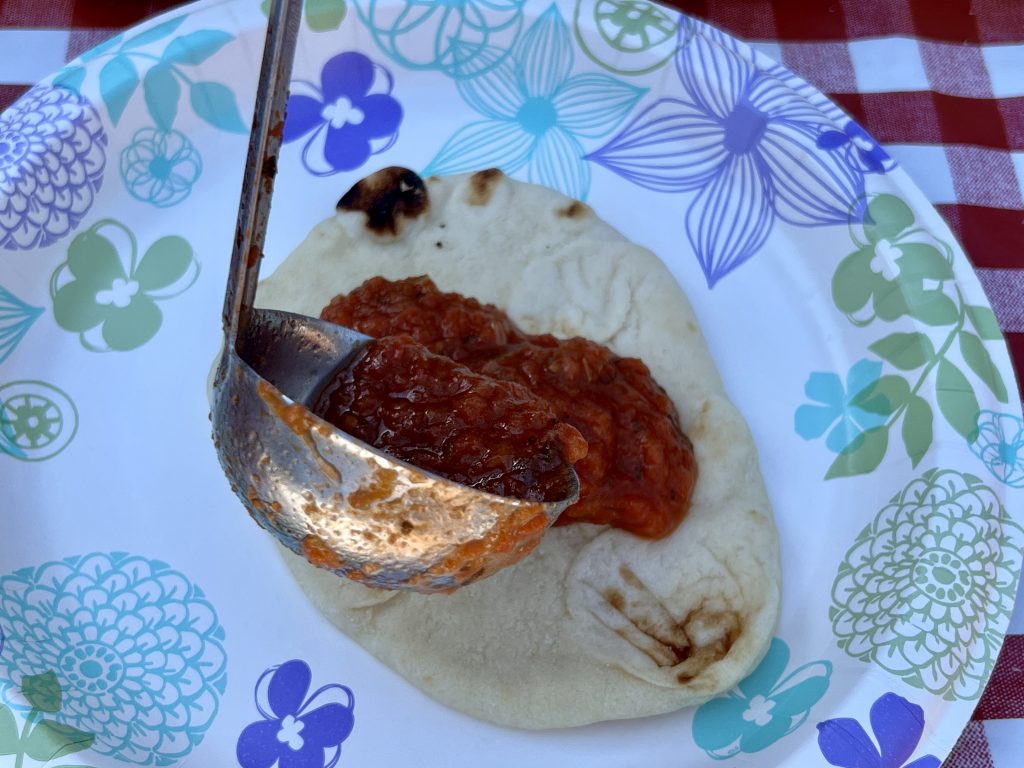
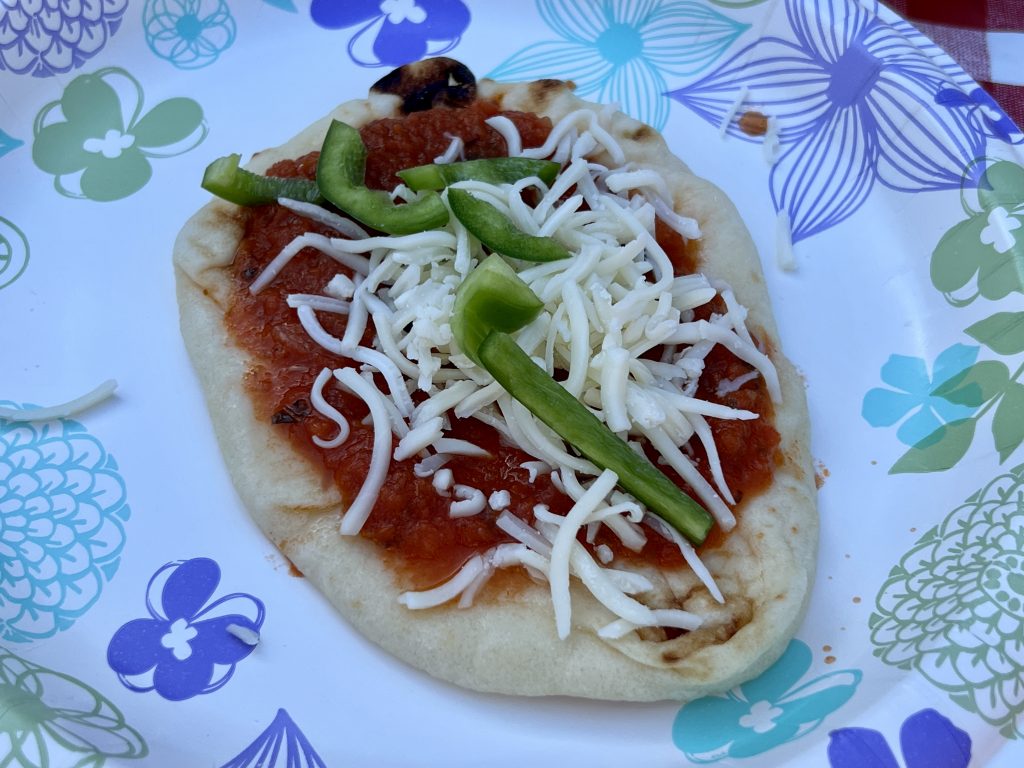
Naan bread, topped with sauce, mozzarella cheese, and green pepper before it went into the Ooni oven. Photo credit: Ronni Newton
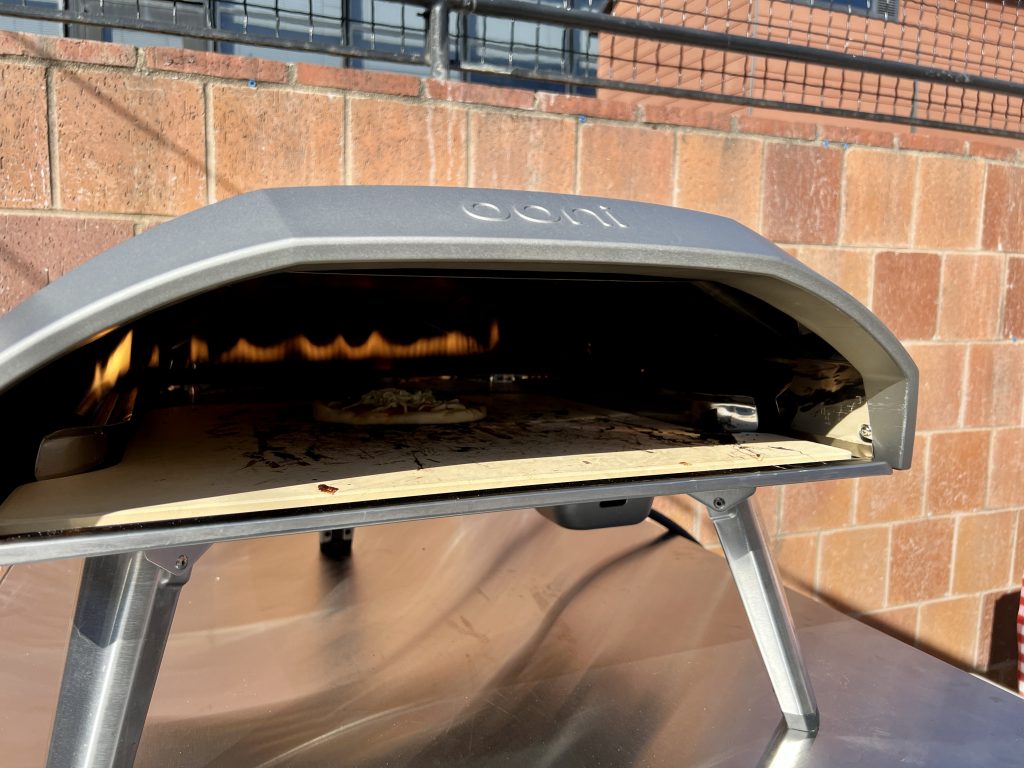
Smith STEM has two Ooni ovens, and pizza baking took place in the courtyard. Photo credit: Ronni Newton
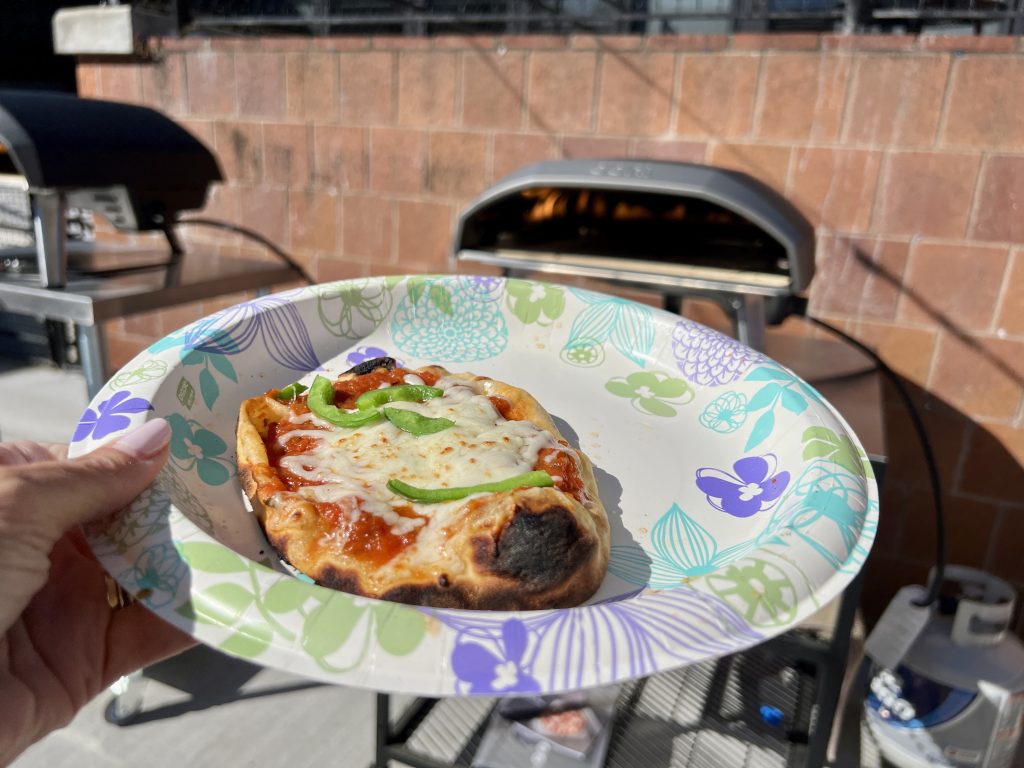
In about a minute, pizzas were ready to be removed from the oven, and after briefly cooling off, were ready to be eaten. Photo credit: Ronni Newton
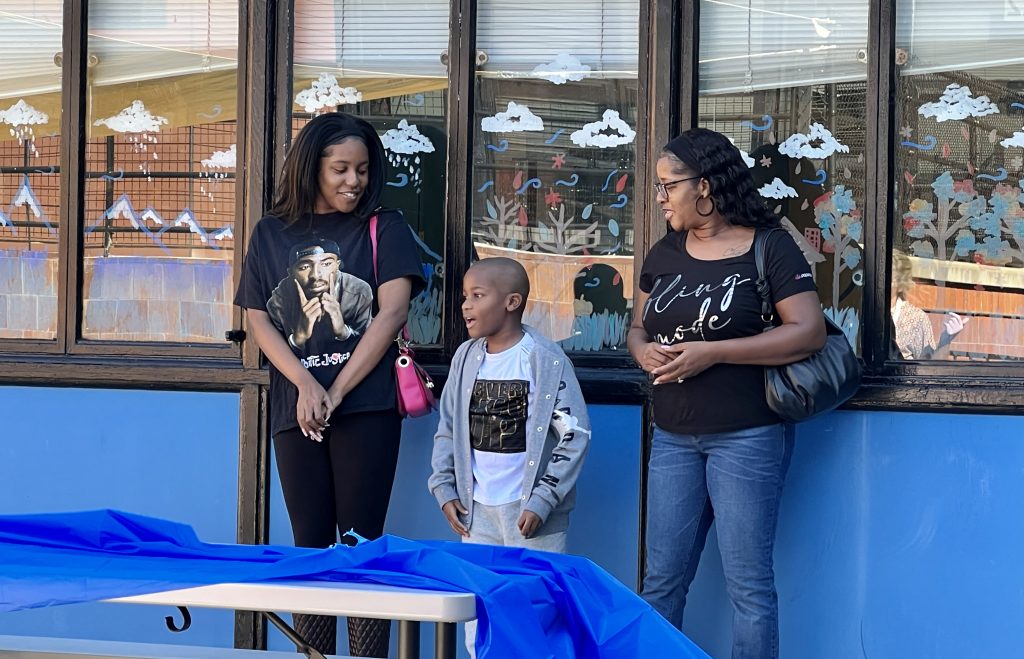
Xamell Johnson’s sister (left) and mom came to help his class with the pizza making. Photo credit: Ronni Newton
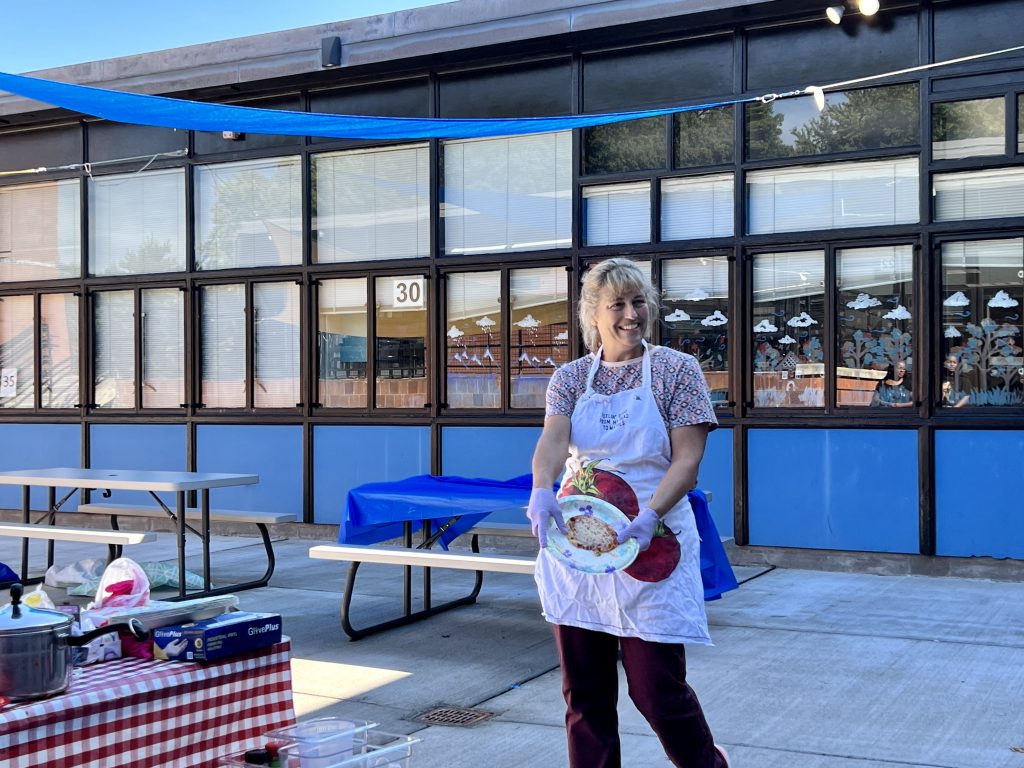
STEM Specialist Sharon Zajack gives instructions to a class, and shows students what a completed pizza will look like. Photo credit: Ronni Newton
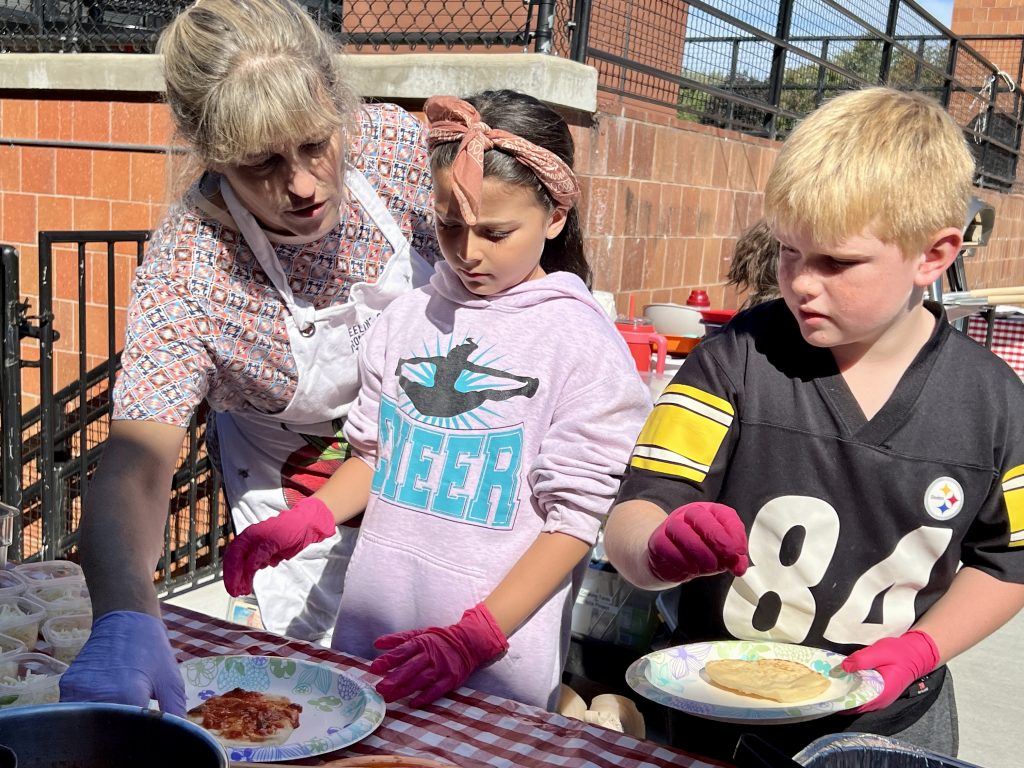
Smith STEM Specialist Sharon Zajack helps third graders Jordan (left) and Sawyer prepare their pizzas. Photo credit: Ronni Newton
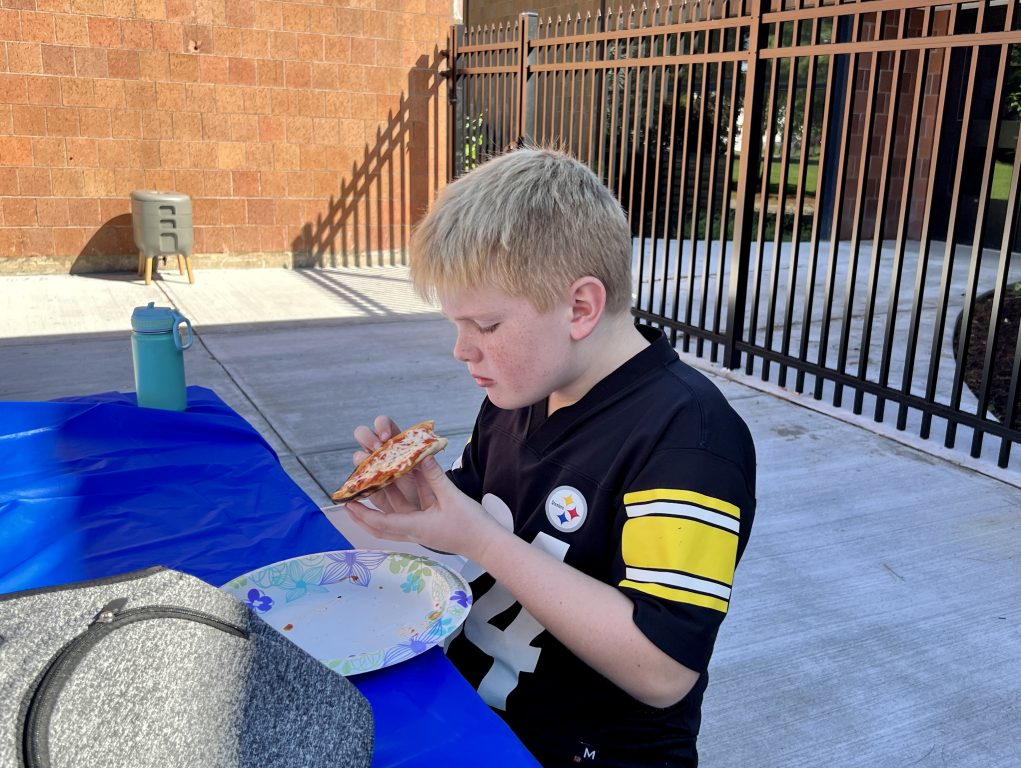
Sawyer said his personal pizza was great. Photo credit: Ronni Newton
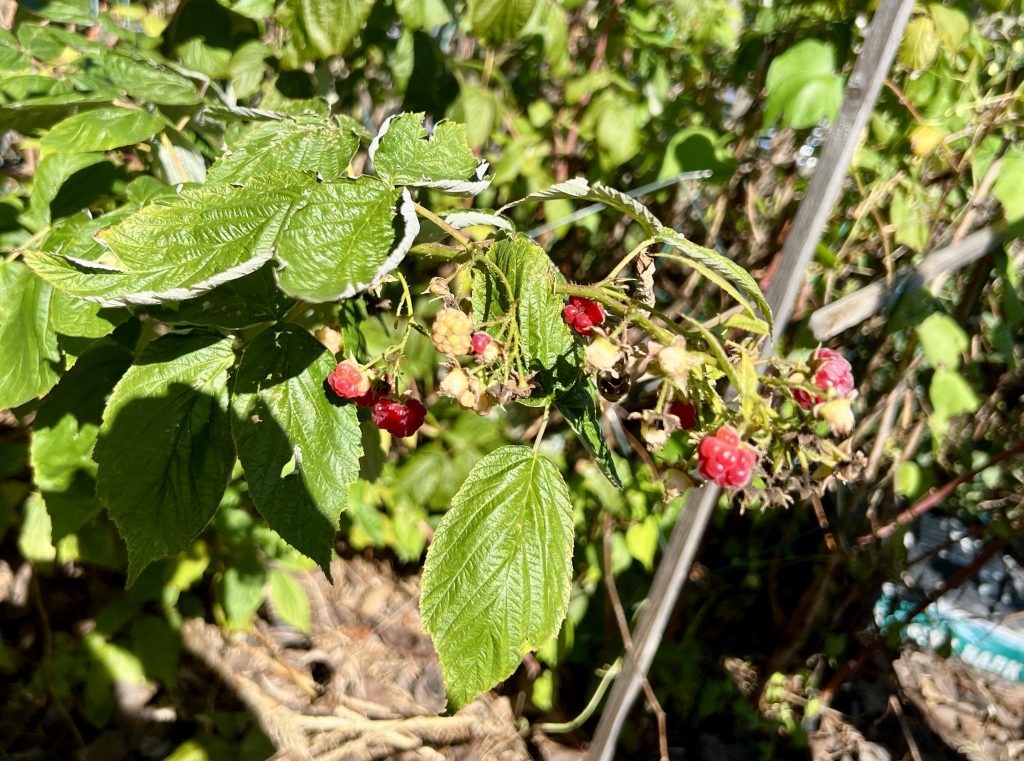
Raspberries are also growing in Smith STEM’s garden. Photo credit: Ronni Newton
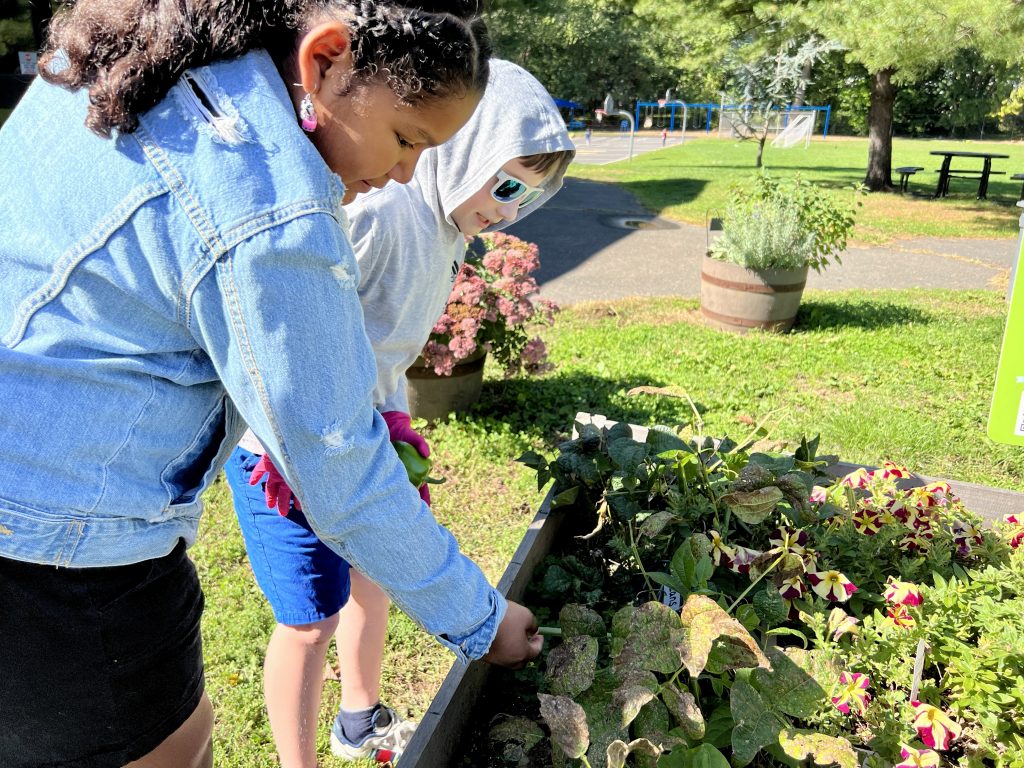
In addition to the ingredients for pizza, Zöe and Dillon point out that Smith STEM is growing string beans. Photo credit: Ronni Newton
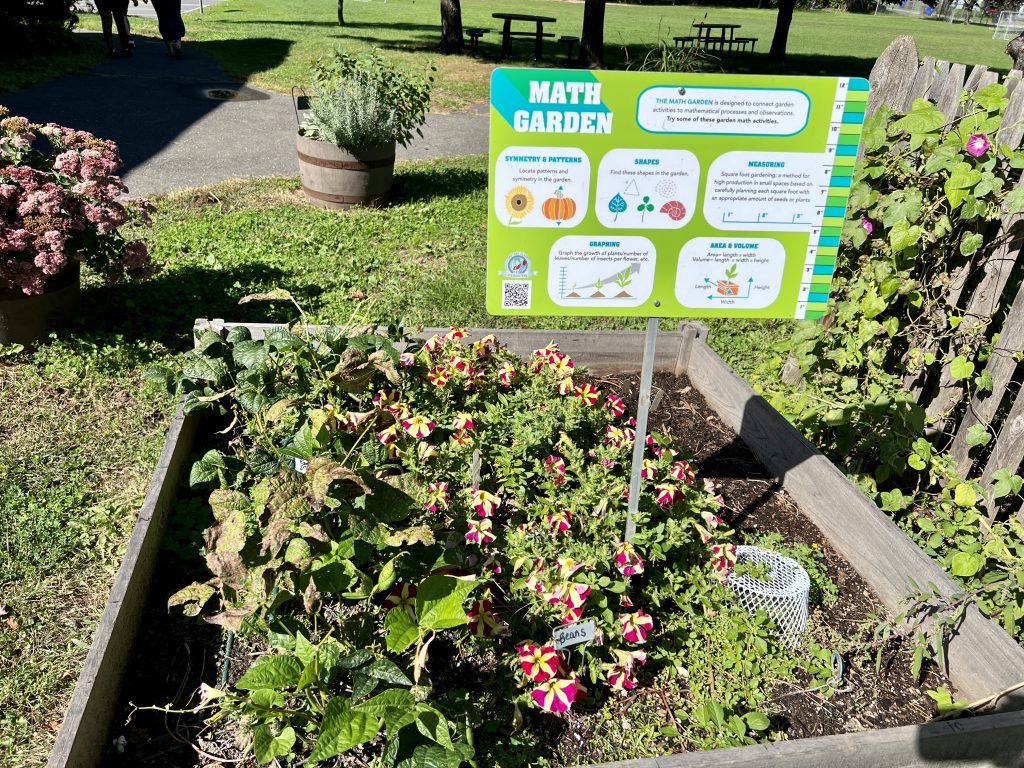
Garden at Smith STEM School. Photo credit: Ronni Newton
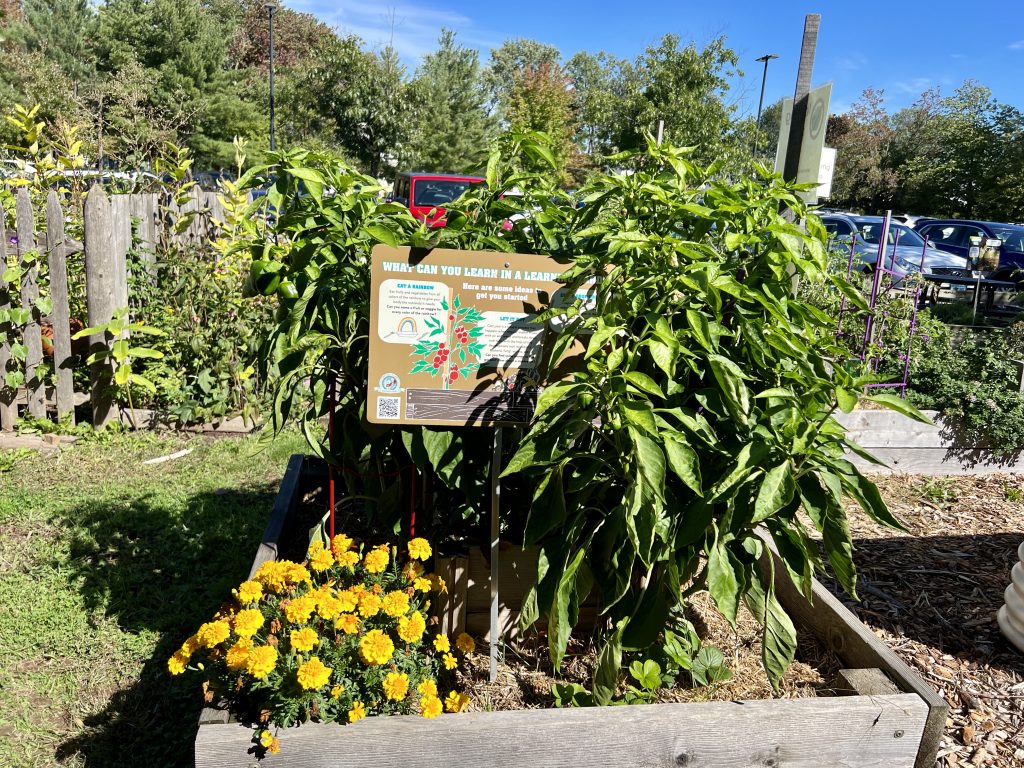
Garden at Smith STEM School. Photo credit: Ronni Newton
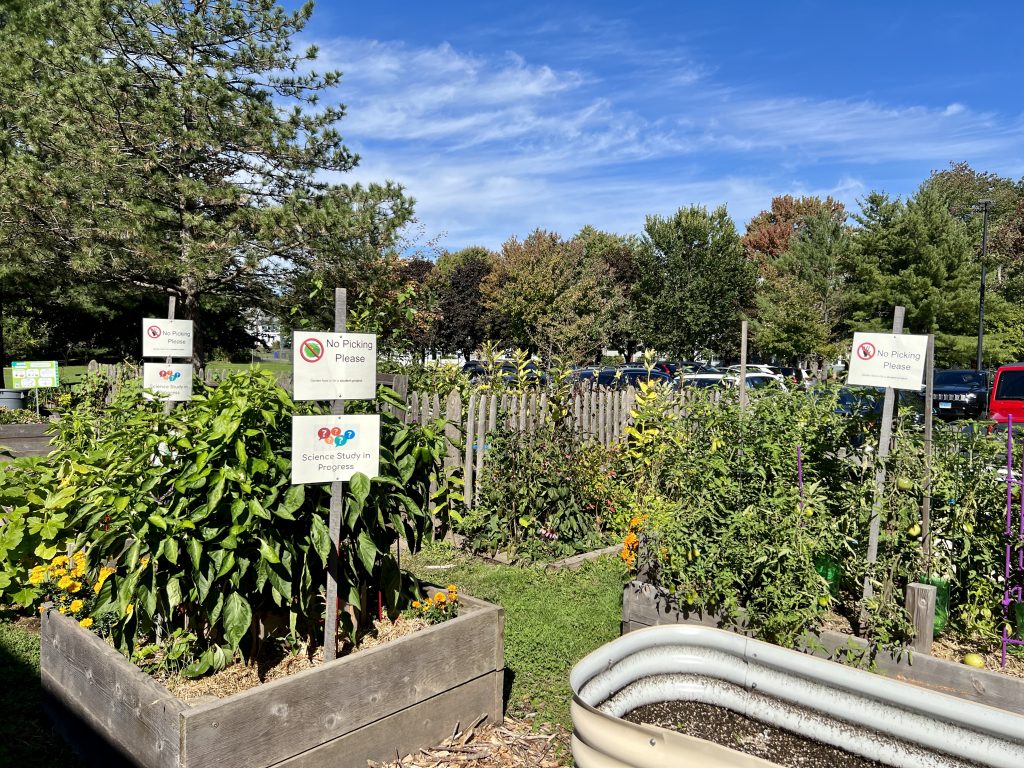
Garden at Smith STEM School. Photo credit: Ronni Newton
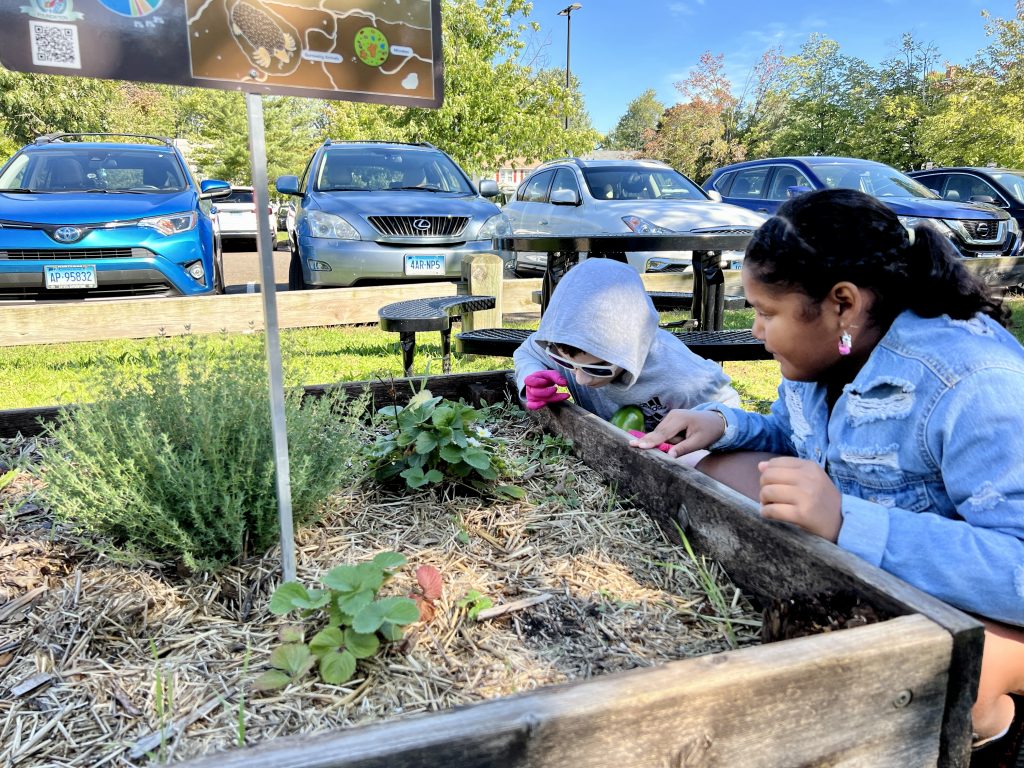
Strawberries are also growing in Smith STEM’s garden. Photo credit: Ronni Newton
Like what you see here? Click here to subscribe to We-Ha’s newsletter so you’ll always be in the know about what’s happening in West Hartford! Click the blue button below to become a supporter of We-Ha.com and our efforts to continue producing quality journalism.



